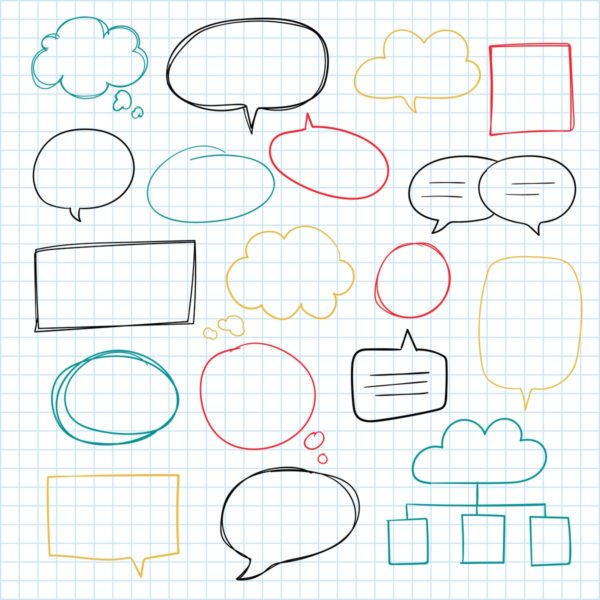This article on new materiality tools was originally posted by Diane Osgood on her blog, which we invite you to check out as well! The founder of Osgood Consulting, Diane shares insights on sustainability methodology based on collaborations with companies such as Virgin, DuPont and Dow. Her creed? Build profits by embedding purpose and material ESG performance from the get-go.
A materiality analysis for sustainability provides insights on business risks, opportunities and future trends that influence a company’s ability to create value. It tells you what’s important to internal and external stakeholders.
Next-generation materiality tools make it possible to access stakeholder views in a more comprehensive and affordable manner than before. These flexible tools can be deployed rapidly, enabling you to quickly assess the changing landscape to provide:
- A finger on the pulse of how society’s, employees’ and stakeholders’ views are shifting during the pandemic. With so many unknowns in a shifting landscape, a quick materiality analysis can capture how your stakeholders’ expectations have changed. It provides crucial information for determining how to reset your company’s policies and approaches on the issues that matter most to your stakeholders.
- A more in-depth analysis for impactful sustainability strategies. A materiality analysis helps your company identify and refine topics that stakeholders expect your company to prioritize. These insights are building blocks for defining short- and long-term sustainability objectives, goals and strategies.
Next-Generation Materiality Tools are Needed
Daniel Aronson, Gil Friend and Andrew Winston, 3 long-established sustainability experts, lay out in a recent article how many materiality analyses fall short. They cite 6 key reasons:
- Companies miss the broader issues of “what is important to the world” by taking a narrow stakeholder view.
- A narrow timeframe (3-5 years) excludes longer trends such as climate change.
- Too few stakeholders engage, leading to blind spots.
- Analyses miss dozens of hidden, unmeasured secondary and tertiary economic gains from sustainable practices.
- Analyses miss dependencies.
- Analyses miss time delays.
We add a 7th point to the list: Analyses miss time and cost. Traditional materiality analysis is laborious, time-consuming and therefore costly. It requires hours of expensive labor to interview stakeholders and plot responses.
Winston points out that “there’s so much more to understanding what issues companies impact and are affected by that just a 2-dimensional grid. We live in a world of complicated systems and global crises, and increasingly companies are expected to understand these issues and help solve them.”
A New Way to Size up Sustainability: Next-Generation Materiality Analysis
Clearly, materiality analyses need to overcome these 7 shortcomings. Framing the questions to expand time horizons, digging into the larger “important to the world” questions, and asking about dependencies can address half of these issues.
In a recent conversation with Daniel Aaronson of Valutus, we learned about two fundamental improvements that can strengthen a materiality analysis:
- Your company’s performance: What if you knew how stakeholders perceive your company’s performance on key issues? For example, it changes your strategies if stakeholders report that they thought your company’s performance was above expectations (vs. below expectations) on a priority issue.
- The level of certitude of the respondent: Not every stakeholder has great insights into your company. What if you could weigh their levels of confidence in their responses? Wouldn’t your analysis and subsequent strategies change if the majority of shareholders reported a high level of confidence vs. a low level of confidence in their understanding of your business?
“Knowing what’s important is not enough. Without knowing your strengths and weaknesses, you’re flying blind. As we discovered working with a top-ranked leader, even the best companies can be surprised by which stakeholders think they’re doing well on what’s important and which don’t,” Aronson explains.
And finally, time and cost. We gain speed, cost and flexibility by automating surveys and enabling dynamic analysis of the findings.
A Tool That Meets Our Current Challenges
Today we all face immense challenges and uncertainty. How your stakeholders’ priorities have changed doesn’t need to be an unknown.
The next-generation tools available now provide a finger on the pulse of your key stakeholders, including employees, supply chain partners, community members and shareholders.
When we exit the worst of the pandemic shut-down, the profound changes in their views will be critical to understand.
Let’s sharpen our materiality tools to make better decisions and apply the best information available in these complex times.

Diane Osgood
A sustainability pioneer. Founder of Osgood Consulting. Diane helps companies such as Virgin, DuPont and Dow build profits with purpose and material ESG performance.



